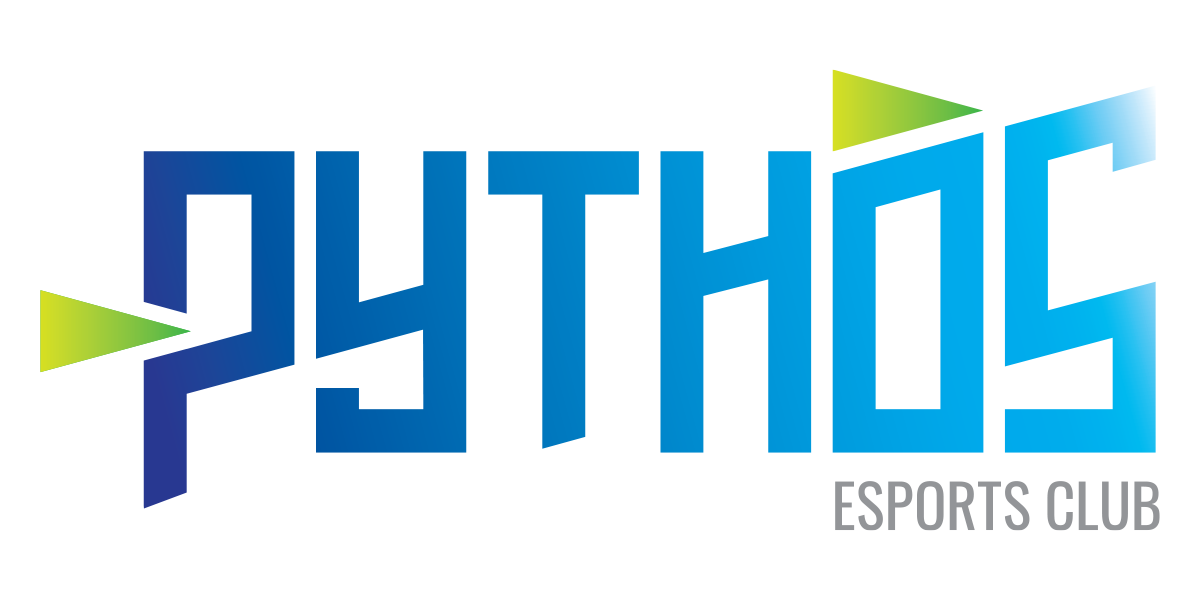27 Jul Wizards of Story: The power of esports in-game production
Ross Video’s Esports Business Development Manager, Phil Englert, discusses the importance of esports in-game production specialists and how they craft storylines within the competitive gaming space.
The world of esports is complex and nuanced. However, one fact that rings true through the entire esports ecosystem is that the game is the centre of it all.
Simply put, the game is the glue that binds competitors and fans alike. Every esports enthusiast remembers the first game that sucked them into a new world and ultimately changed their lives forever. Esports fans know the game and what they love about it. They know the skill needed to play the game at a high level, which is why esports professionals are showcased and celebrated.
Photo credit: Ross Video
Disclaimer: This piece has been written by our sponsor Ross Video and was edited by ESI.
Nevertheless, as a new game arrives and rises in popularity, fresh storytelling tactics and tech workflows must be created and adapted to cover them effectively. There is magic to this process and, as a result, a group of ‘wizards’ behind it. These individuals craft how fans experience the game and the journey each competitor takes.
Many esports companies have dedicated full-time in-game production specialists and producers, who spend their time researching each game and most importantly, playing them. These wizards of storytelling take a deep dive into the game, and the community surrounding it, to build a specially tailored workflow designed for that title.
Their mission is to deliver the most powerful, captivating, and clear story to an audience so that it captures the essence of the tournament.
Some of the key questions these individuals have to ask are: Why do people play this game? What do they love about this game? What makes this game challenging or special? And of course, what spectating tools does the game have, and how can they be used to capture the story?
These factors are crucial in developing and executing a successful plan for the in-game director, in-game producer, and team of observers. Game knowledge is the foundation of in-game production, and no fancy observer shots can cover up bad storytelling.
This goes beyond looking at observers like camera operators. In many circumstances, the observers are trained for weeks to make sure they are ready for the show. They also play the game and learn the meta because they must understand how the pros think in order to predict movements. The in-game team knows what the fans want because they are fans themselves.
It’s all in the details
Photo credit: Shutterstock
RELATED: Confetti discusses UK-first Esports Production university degree
Production teams are built to be flexible and have communication workflow plans developed to organise the chaos of the live environment. Similar to a fellowship of warriors, each team member knows the tools they wield, and where they fit on the battlefield of broadcast.
The devil is in the details and great in-game teams know this. A badly timed cut or transition can completely deflate the audience and squander moments that are charged with storytelling potential. Whereas, a perfectly timed cut can give the fans a shot of adrenaline straight to their eyeballs.
How the in-game team communicates and uses the technology is really the difference between a captivating show, with excitement and drama, and a confusing show that leaves the fans flat.
To build these complex systems the in-game teams are constantly driving innovation within the broadcast space. Rethinking how tools are being used and digging for ultimate efficiency and effectiveness.
The production professionals within esports are some of the scrappiest and most creative operators in the world. This is a byproduct of multiple types of technology combining into one space. There’s game and streaming technology, which is often hosted by powerful PCs or beefed-up dev consoles. This is controlled by stream decks, controllers, keyboards, and mice.
Highly sophisticated and reliable broadcast technology that is used in sports, concerts, news, and a myriad of other markets, will also be utilised.
These two tech worlds collide to bring an esports production to life. Wrangling multiple types and tiers of technology becomes an exciting challenge for the broadcast engineering, IT, and in-game production teams. How these devices work together is mirrored by how the operators work together and communicate.
The importance of adaptability
Image credit: Gfinity
The in-game team needs to be able to customise a flexible system in order to build the tech workflow that fits their needs. In the battle of live production, circumstances change in a millisecond and a flexible team can shift and alter the plan as needed. This is a new world, where all the broadcast technology is connected and can be controlled from multiple places and operators.
As a result, in-game teams can take control of graphics and other broadcast elements that previously were owned by non-in-game specialists. This also enables the automation of multiple tasks into one push of a button to make sure the workflow is as efficient as possible.
An interesting example of how this can be effective in esports is with graphic operators’ lack of game knowledge. Many graphics operators work on different types of shows, from esports to red carpet events. They know broadcast workflows inside out, but when it comes to the context of their graphics, they often do not know what those graphics represent in the game. When it comes to knowing the game, they often come into the build day blind. This means that calling for specialised graphics and effects is often difficult.
Unification and customisation really make a difference. The in-game producer, or in-game director, can have a custom panel to control specialised box looks and graphics. This can also be automated with data triggers that ensure the team can keep up with the fast-paced nature of the environment.
This empowers the creativity of the in-game team and makes sure that the team capitalises on the big moments in the game. The tech workflow and team workflow must be built around the game and for the game.
RELATED: Ross Video – Elevating the esports broadcast production game
The game provides challenges that the workflow must solve, and the game also provides the story. The great in-game teams of our industry know that. That is why they are shaping the esports industry of tomorrow. The game is roughly 80 percent of most esports productions, so it deserves respect.
The wizards of storytelling behind the in-game experience know this. They build the stories for people, and thus a bridge that enriches the product immensely.
If you are interested in learning more about helping esports productions, contact Phil Englert at Ross Video.
Find out more about ESI Digital Summer
Commercial, Events, Features, Games, Insights, Latest News, Markets, Esports production, Ross Video


No Comments